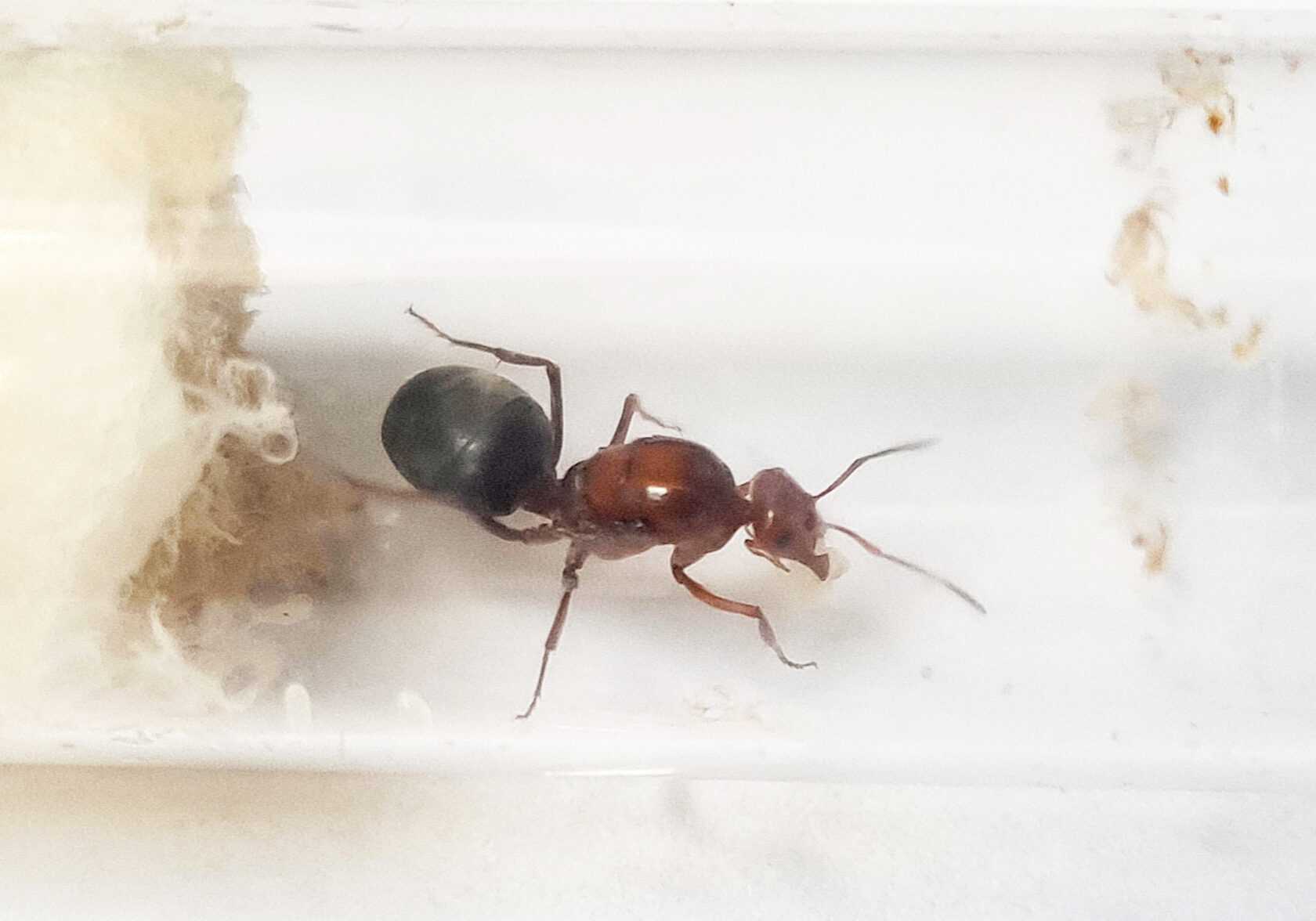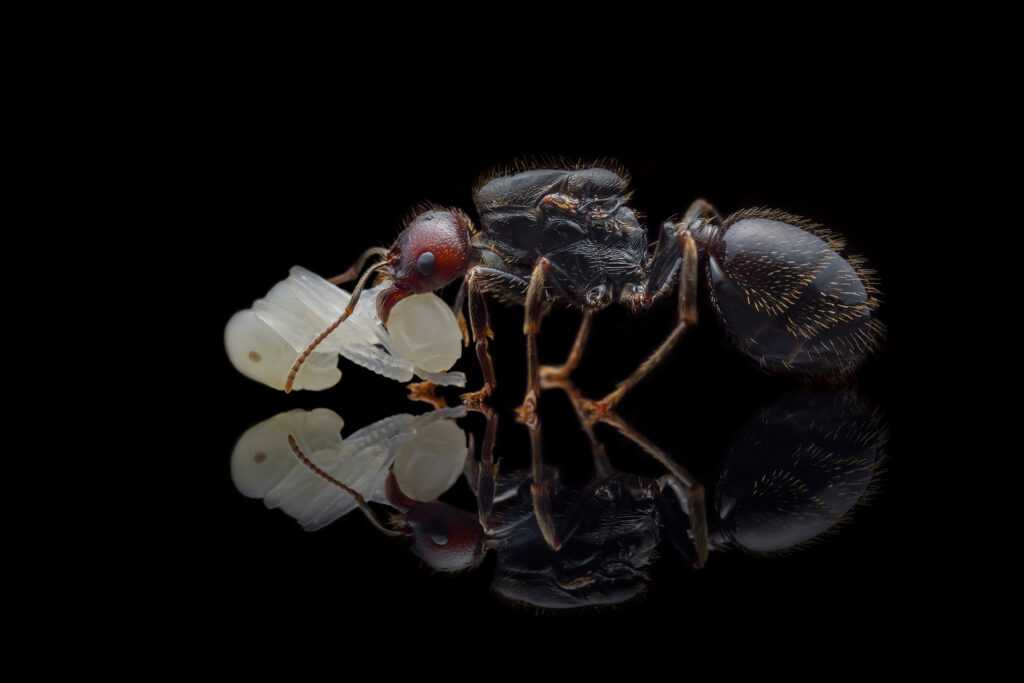Myrmecocystus mimicus: The Fascinating Ant Species
Welcome to our guide on Myrmecocystus mimicus, a unique ant species that is sure to captivate your interest. In this article, we will delve into the characteristics, colony type, development rate, size, nutrition, humidity, temperature requirements, and recommended nests for breeding. Let’s explore the world of Myrmecocystus mimicus together!
Colony Type and Development Rate
Myrmecocystus mimicus is a monogynous species, meaning they have a single queen per colony. This type of colony structure allows for a regulated and harmonious social structure. As for their development rate, it can be described as medium, which ensures a balanced growth and maturity within the colony.
Size and Coloration
When it comes to size, Myrmecocystus mimicus showcases variations among its members. The queen measures around 10-12mm in length, while the workers range from 4-8mm. These differences in size are typical for ant species, with the queen being larger to fulfill her vital role in the colony.
The coloration of Myrmecocystus mimicus is another noteworthy aspect. Their heads are a vibrant red, while their bodies possess a striking black hue. This color combination creates a visually captivating contrast as they forage and interact within their environment.
Nutrition Requirements
Myrmecocystus mimicus follows a diverse diet, consisting of food insects such as cockroaches and crickets, fruits, vegetables, and seeds. This varied nutritional intake ensures that the colony receives a balanced and sufficient supply of essential nutrients. Providing a diverse range of food sources will help maintain the health and vitality of your Myrmecocystus mimicus colony.
Humidity and Temperature
Creating the ideal environment for your Myrmecocystus mimicus colony involves carefully managing humidity and temperature levels. In the arena area, it is recommended to maintain a humidity range of 50-70%, ensuring a suitable microclimate for the ants to thrive. Within the nest, a slightly higher humidity of 70-90% is recommended to mimic their natural habitat.
Regarding temperature, the arena should be kept within the range of 23-30 °C (73-86 °F), providing a comfortable ambient temperature for the ants during their foraging activities. The seating area, where the nest is situated, should have a slightly lower temperature range of 22-25 °C (72-77 °F), providing a stable environment for colony development and growth.
A Unique Species Feature: Carbohydrate Storage
A distinguishing characteristic of Myrmecocystus mimicus is their unique ability to store carbohydrates in their bellies. When carbohydrates are available in abundance, these industrious ants fill themselves up, expanding their bellies to the size of grapes. The carbohydrate reserves serve as a valuable energy source, enabling Myrmecocystus mimicus to sustain themselves during times of scarcity.
An interesting behavior exhibited by these ants is their habit of hanging upside down from the ceiling of their nest while storing carbohydrates. This remarkable feat showcases their adaptability and resourcefulness in making the most of their environment.
Recommended Nests for Breeding
Choosing the right nest for breeding Myrmecocystus mimicus is crucial for their well-being. Several materials are suitable for their nests, including acrylic, cork, plaster, and aerated concrete. These materials provide a safe and secure environment for the ants to establish their colony, ensuring optimal growth and development.
Conclusion
In conclusion, Myrmecocystus mimicus is a captivating ant species with unique characteristics that set them apart. From their monogynous colony structure to their diverse nutritional requirements, this species offers great intrigue for ant enthusiasts. By providing an environment that meets their humidity and temperature needs, along with suitable nests for breeding, you can create an ideal habitat for Myrmecocystus mimicus to thrive. We hope that this comprehensive guide has piqued your curiosity and inspired you to explore the fascinating world of Myrmecocystus mimicus.


















luonghoangdu2000 (verified owner) –
Colony came within a week. They are perfect, so gorgeous and in good condition. Recommend this and would definitely going back. Thank you for a beautiful colony, Antontop.